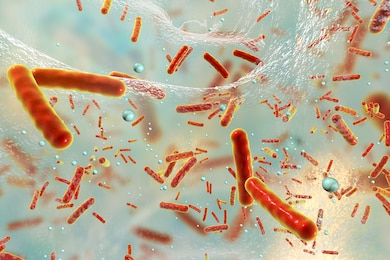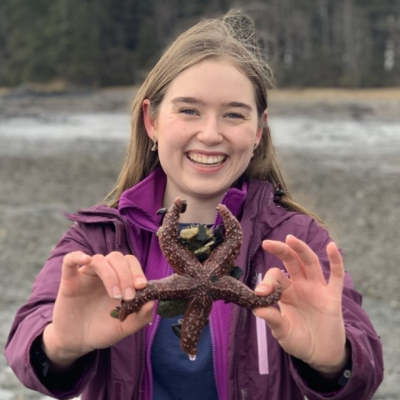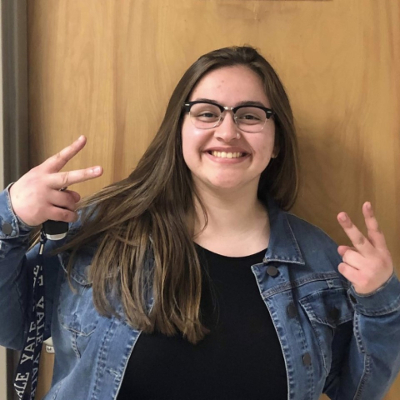2020 NIMBioS SRE Program
Individual-based model to explain the co-evolutionary dynamics of quorum sensing and biofilms
Participants:
Laurinne Balstad, Mathematics, Biology, Saint Olaf College
Jackie Folmar, Ecology & Evolutionary Biology, Yale Univ.
Abigail Sallee, Biochemistry and Cellular & Molecular Biology, Univ. of Tennessee
Mentors:
Dr. Shigetoshi Eda, Forestry, Wildlife & Fisheries, Univ. of Tennessee
Dr. Shel Swenson, Mathematics, Univ. of Tennessee
Lucas Santana-Souza, Graduate student in Ecology & Evolutionary Biology, Univ. of Tennessee
 Project Description.
The historical view of bacteria as non-social organisms no longer holds. Via quorum sensing (QS), bacteria coordinate their metabolism to accomplish tasks that are impossible for an individual bacterium. The formation of biofilms is an example. Through QS, individuals coordinate to produce an extracellular polymeric matrix (which enhances protection against host defense mechanisms and antibiotics) essential for biofilms. The very existence of biofilms and quorum sensing is a theoretical challenge because cheaters are expected to have higher fitness than cooperators. Cheaters have higher fitness because they benefit from QS and biofilms without paying the cost of production. Thus, we expect the frequency of cheaters to increase in the population, leading to fewer cooperators and the absence of biofilms. There are gaps in our understanding of why QS and biofilms exist in the presence of cheaters. Using an agent-based model, we aim to investigate the co-evolutionary dynamics between quorum sensing and biofilms and to identify mechanisms that allow the maintenance of cooperation.
Project Description.
The historical view of bacteria as non-social organisms no longer holds. Via quorum sensing (QS), bacteria coordinate their metabolism to accomplish tasks that are impossible for an individual bacterium. The formation of biofilms is an example. Through QS, individuals coordinate to produce an extracellular polymeric matrix (which enhances protection against host defense mechanisms and antibiotics) essential for biofilms. The very existence of biofilms and quorum sensing is a theoretical challenge because cheaters are expected to have higher fitness than cooperators. Cheaters have higher fitness because they benefit from QS and biofilms without paying the cost of production. Thus, we expect the frequency of cheaters to increase in the population, leading to fewer cooperators and the absence of biofilms. There are gaps in our understanding of why QS and biofilms exist in the presence of cheaters. Using an agent-based model, we aim to investigate the co-evolutionary dynamics between quorum sensing and biofilms and to identify mechanisms that allow the maintenance of cooperation.

Laurinne Balstad

Jackie Folmar
Return to SRE 2020.
NIMBioS
1122 Volunteer Blvd., Suite 106
University of Tennessee
Knoxville,
TN 37996-3410
PH: (865) 974-9334
FAX: (865) 974-9461
Contact NIMBioS


